Silk Roads at The British Museum: a 'mesmerising' exhibition
'Epic' show explores the many routes connecting East and West, through a collection of 'beautiful, unusual, intricate' treasures

"Not many exhibitions turn the history of the world upside down," said Jonathan Jones in The Guardian. "Silk Roads" at The British Museum, however, is just such an event. This ambitious show explores the myriad ways in which "Asia, Europe and North Africa shared their cultures more than a millennium ago", arguing that, far from "developing in isolation" during the so-called "Dark Ages", these disparate regions were connected by busy trading routes that were used to transport far more than just silk and other precious goods – indeed, that they enabled a remarkable exchange of knowledge, skills and beliefs across the known world.
The exhibition focuses on the period between AD500 and AD1000, bringing together more than 300 treasures dating from the era to demonstrate how people and their ideas moved across Eurasia with far more ease and regularity than was previously understood. Taking the visitor from "fabulous oases" and "desert palaces" to "synagogues, mosques and burial mounds", it is a "mesmerising" achievement.
The exhibition's geographical reach is truly bewildering, said Alastair Sooke in The Telegraph. Stretching from Japan and the Korean Peninsula to Britain and Ireland ("supposed backwaters" at the time), it argues that there never was a single Silk Road linking East and West. Rather there were multiple routes, by sea and land, by which many goods, ideas, religions and diseases were exchanged.
The Week
Escape your echo chamber. Get the facts behind the news, plus analysis from multiple perspectives.

Sign up for The Week's Free Newsletters
From our morning news briefing to a weekly Good News Newsletter, get the best of The Week delivered directly to your inbox.
From our morning news briefing to a weekly Good News Newsletter, get the best of The Week delivered directly to your inbox.
Certain exhibits bring the subject to life: one is an "unassuming" statuette of Buddha, "about the size of a clenched fist", probably carved in Pakistan's Swat Valley in the 7th century but unearthed among Viking treasures on an island in a Swedish lake. Nevertheless, as a thesis, the idea that "people used to trade a lot with other people, who lived elsewhere" – is rather "banal". It makes the show too broad and unfocused, with captions providing only "absurdly abbreviated historical synopses". Overall, it feels like an attempt to reinterpret the distant past "as a reflection of our own globalised self-image". I found its "multicultural mantra" unconvincing.
The history "went over my head" at times, said Laura Freeman in The Times. "Himyarites? Ctesiphon?" But the objects here tell their own fascinating stories. You can see some of the earliest known chess pieces, found in Samarkand in modern-day Uzbekistan: the game probably originated in India, before spreading along the Silk Roads to the Islamic world and Europe.
There are Tang dynasty treasures: these were found in a 9th century ship that was heading from China to Arabia before it sank in the Java Sea. You learn along the way that Byzantine silk was worn on the Steppes; that garnets from what is now Pakistan were dug up at Sutton Hoo. This "epic" exhibition can be exhausting, but it's a pleasure to encounter "such a caravan of beautiful, unusual, intricate objects".
The British Museum, London WC1. Until 23 February
A free daily email with the biggest news stories of the day – and the best features from TheWeek.com
-
 Metaverse: Zuckerberg quits his virtual obsession
Metaverse: Zuckerberg quits his virtual obsessionFeature The tech mogul’s vision for virtual worlds inhabited by millions of users was clearly a flop
-
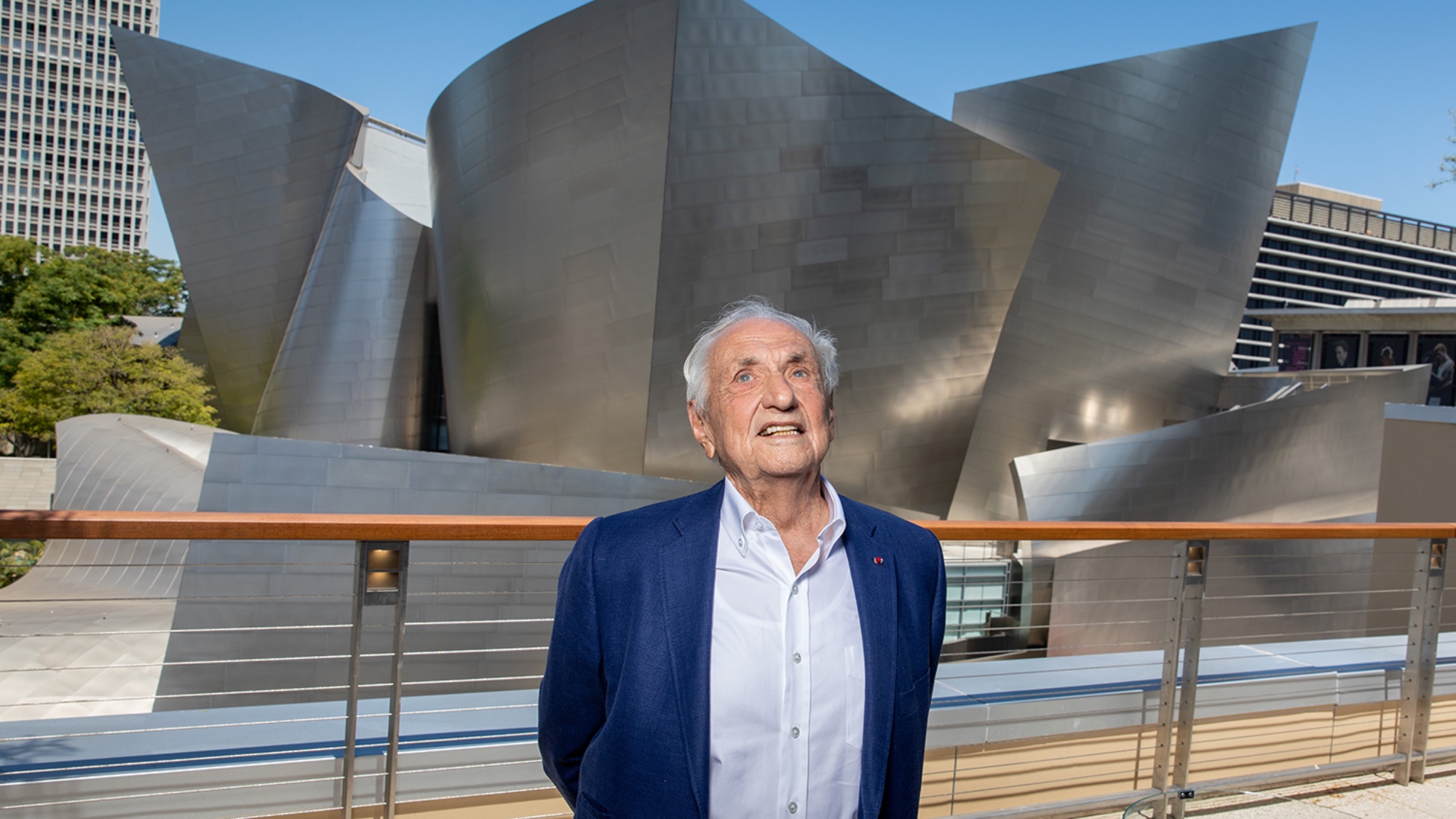 Frank Gehry: the architect who made buildings flow like water
Frank Gehry: the architect who made buildings flow like waterFeature The revered building master died at the age of 96
-
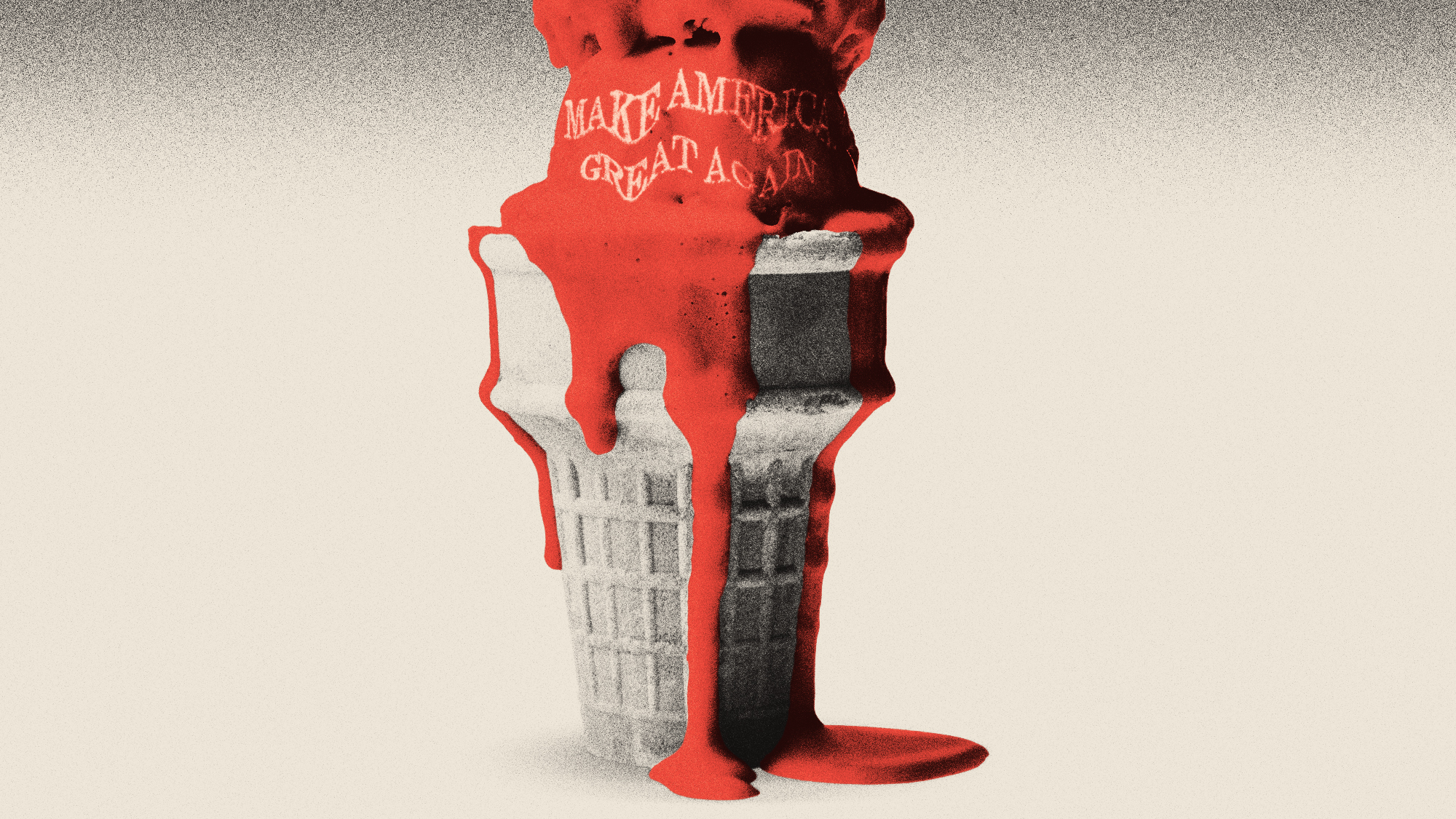 Is MAGA melting down?
Is MAGA melting down?Today's Big Question Candace Owens, Tucker Carlson, Laura Loomer and more are feuding
-
 Frank Gehry: the architect who made buildings flow like water
Frank Gehry: the architect who made buildings flow like waterFeature The revered building master died at the age of 96
-
 The 8 best comedy series of 2025
The 8 best comedy series of 2025the week recommends From quarterlife crises to Hollywood satires, these were the funniest shows of 2025
-
 8 touring theater productions to see this winter, all across the United States
8 touring theater productions to see this winter, all across the United Statesthe week recommends New shows and reconsidered productions are on the move
-
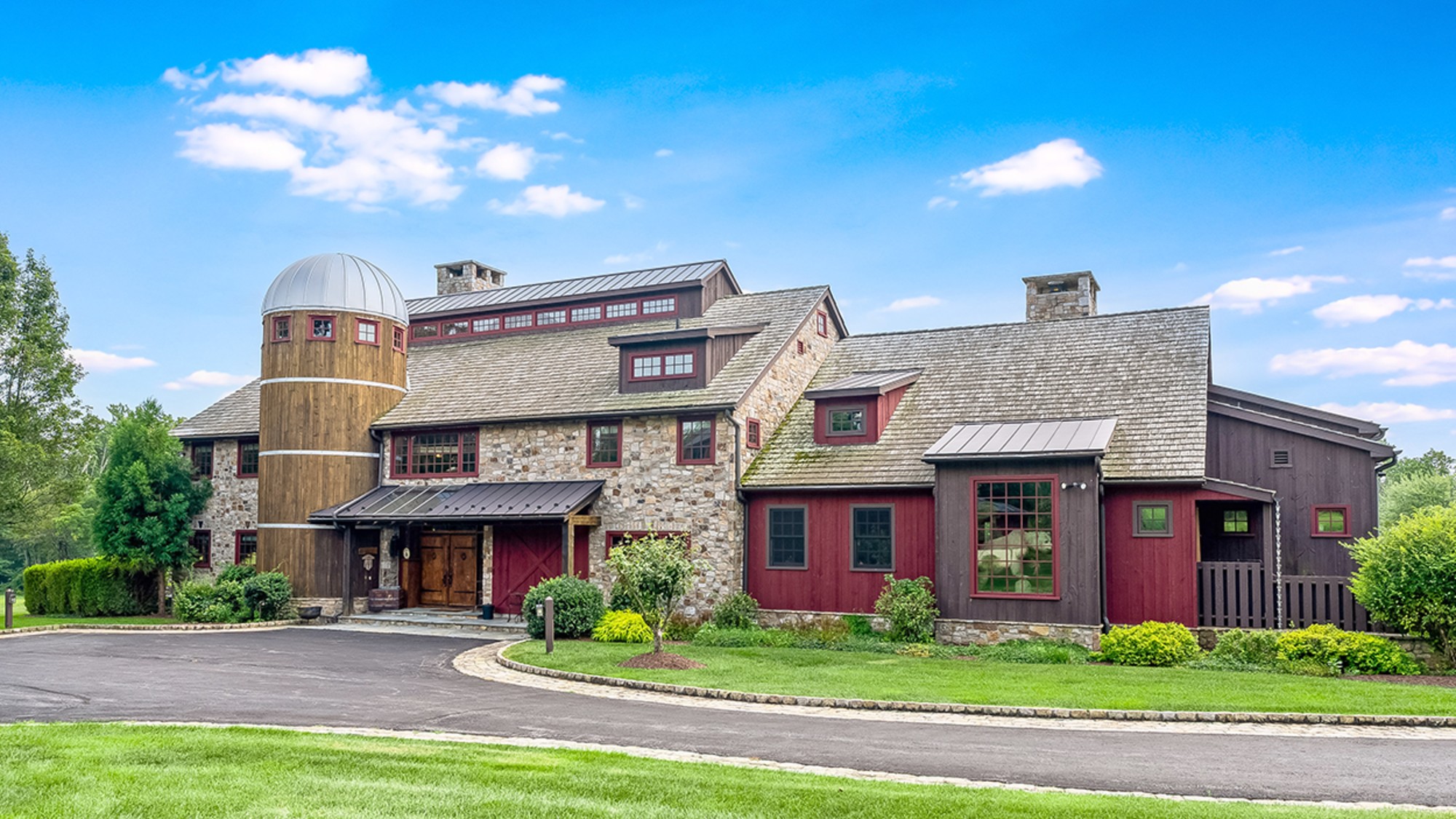 6 lovely barn homes
6 lovely barn homesFeature Featuring a New Jersey homestead on 63 acres and California property with a silo watchtower
-
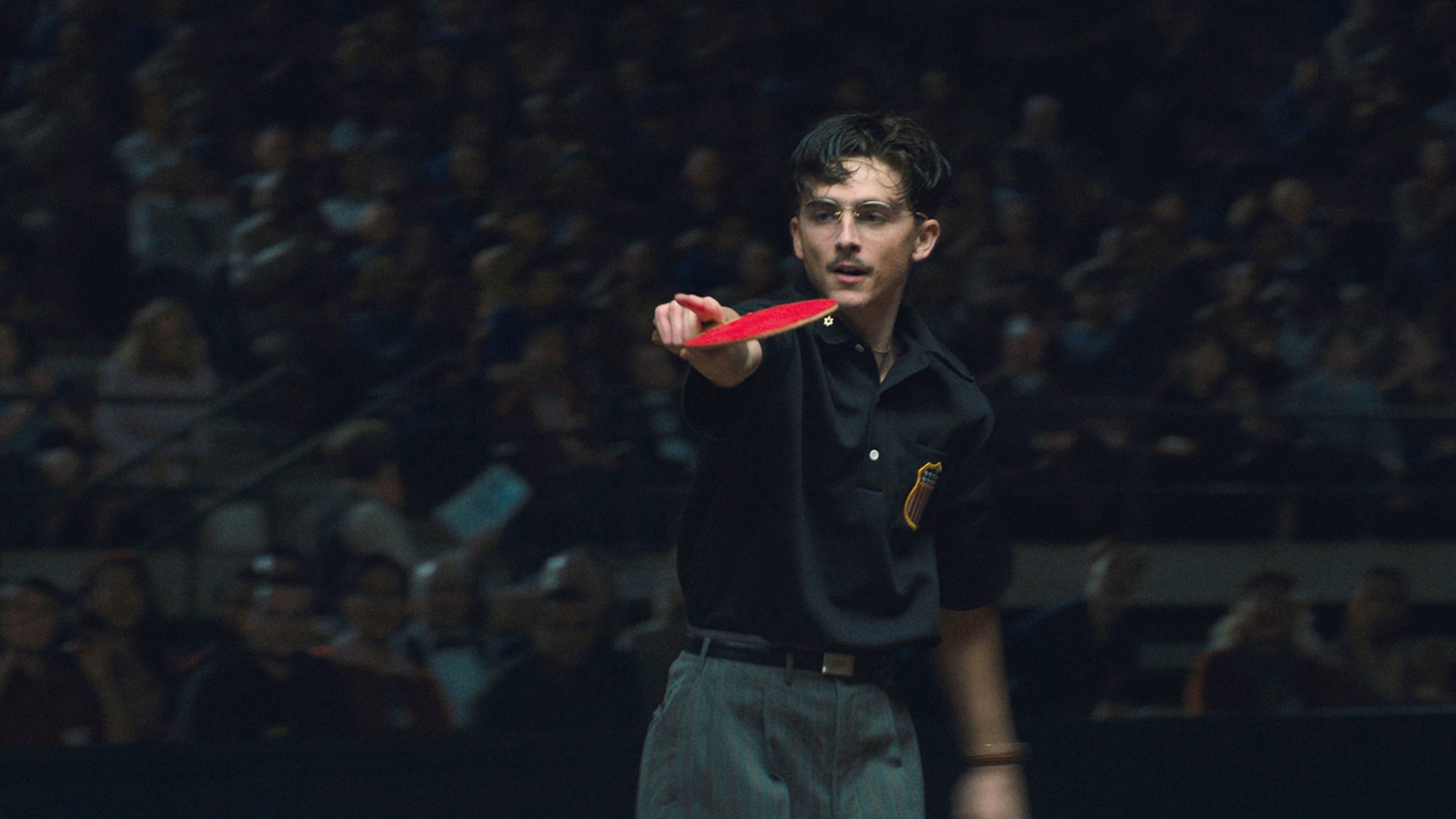 Film reviews: ‘Marty Supreme’ and ‘Is This Thing On?’
Film reviews: ‘Marty Supreme’ and ‘Is This Thing On?’Feature A born grifter chases his table tennis dreams and a dad turns to stand-up to fight off heartbreak
-
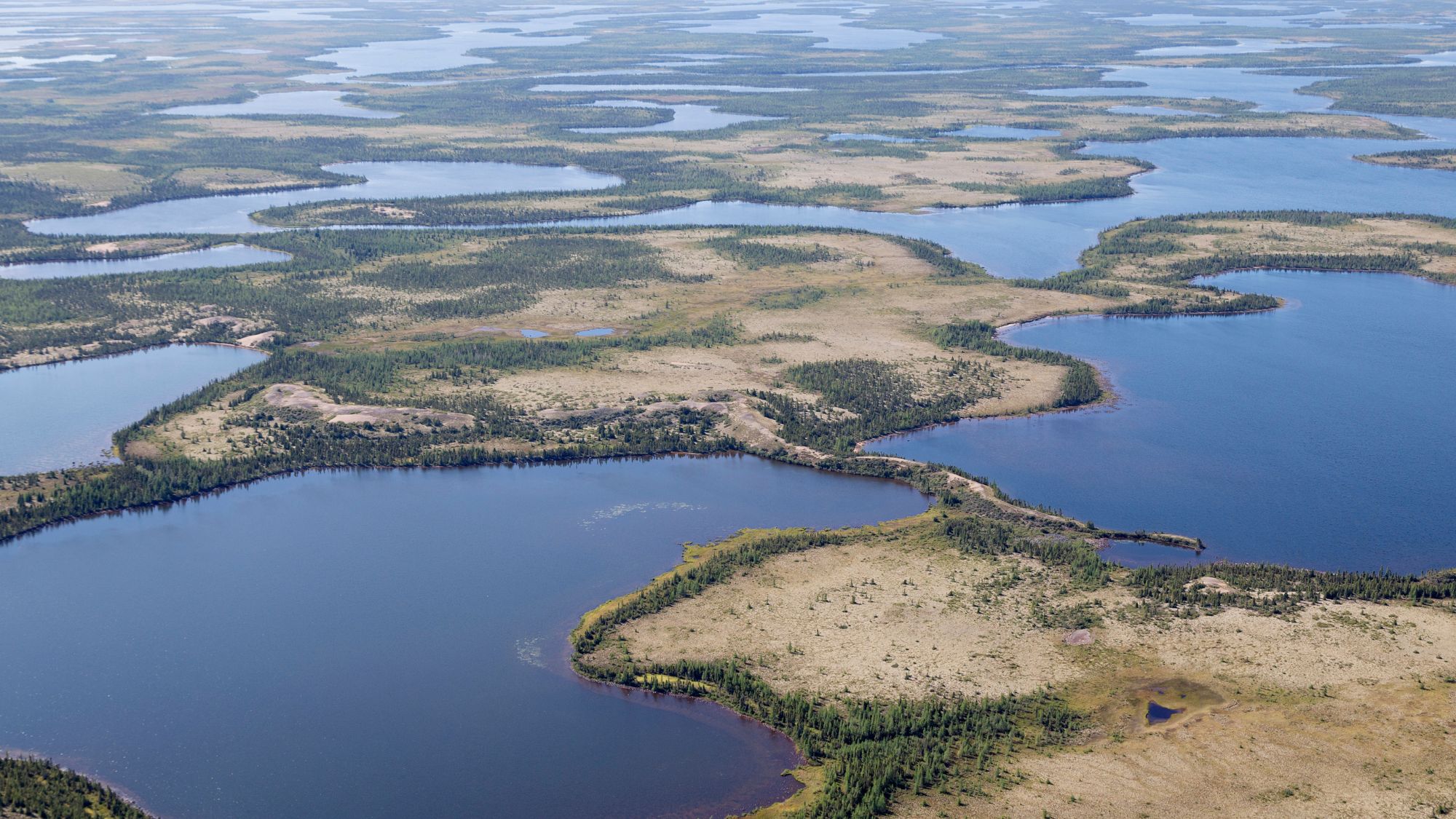 Heavenly spectacle in the wilds of Canada
Heavenly spectacle in the wilds of CanadaThe Week Recommends ‘Mind-bending’ outpost for spotting animals – and the northern lights
-
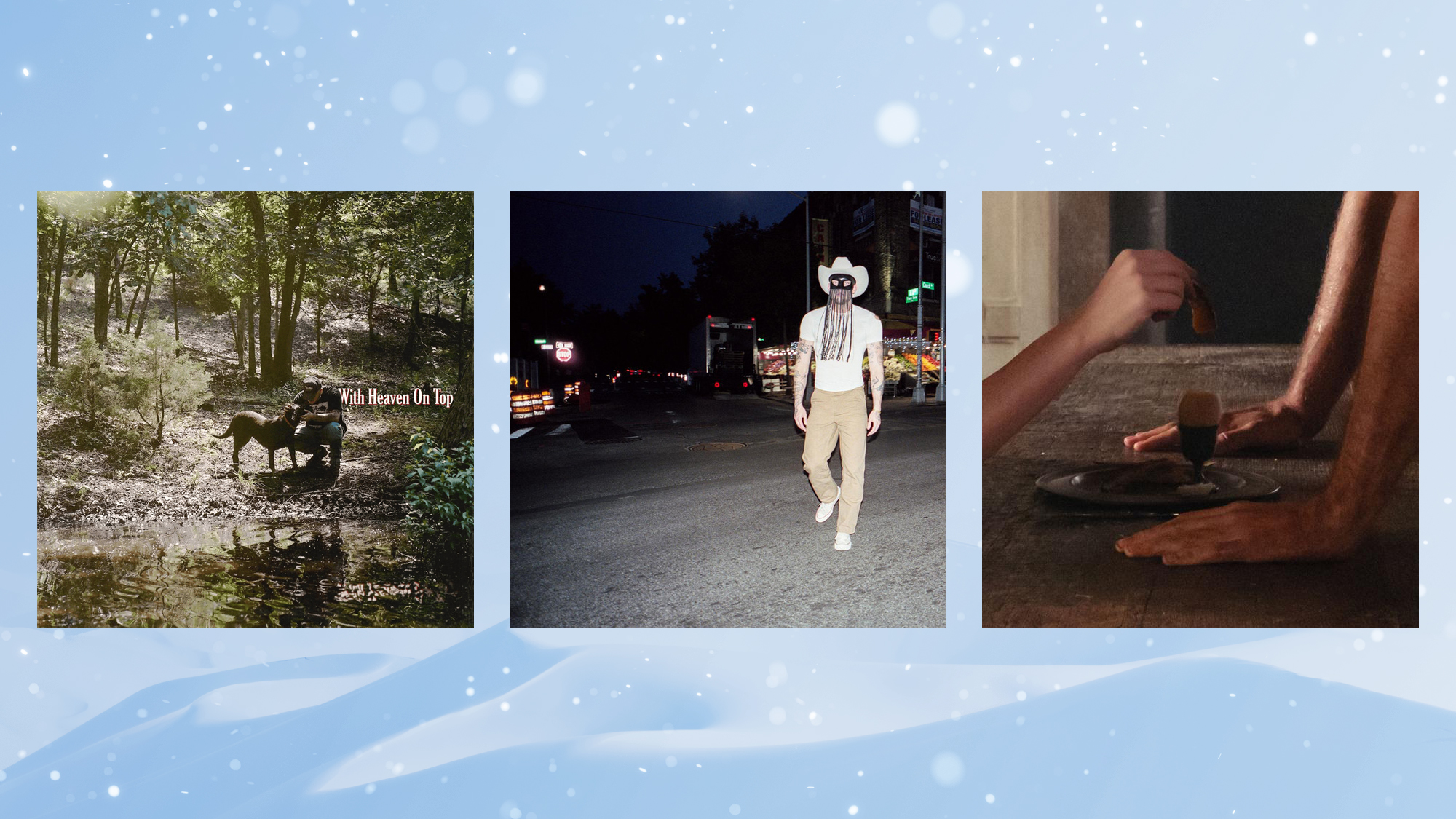 10 upcoming albums to stream during the winter chill
10 upcoming albums to stream during the winter chillThe Week Recommends As the calendar turns to 2026, check out some new music from your favorite artists
-
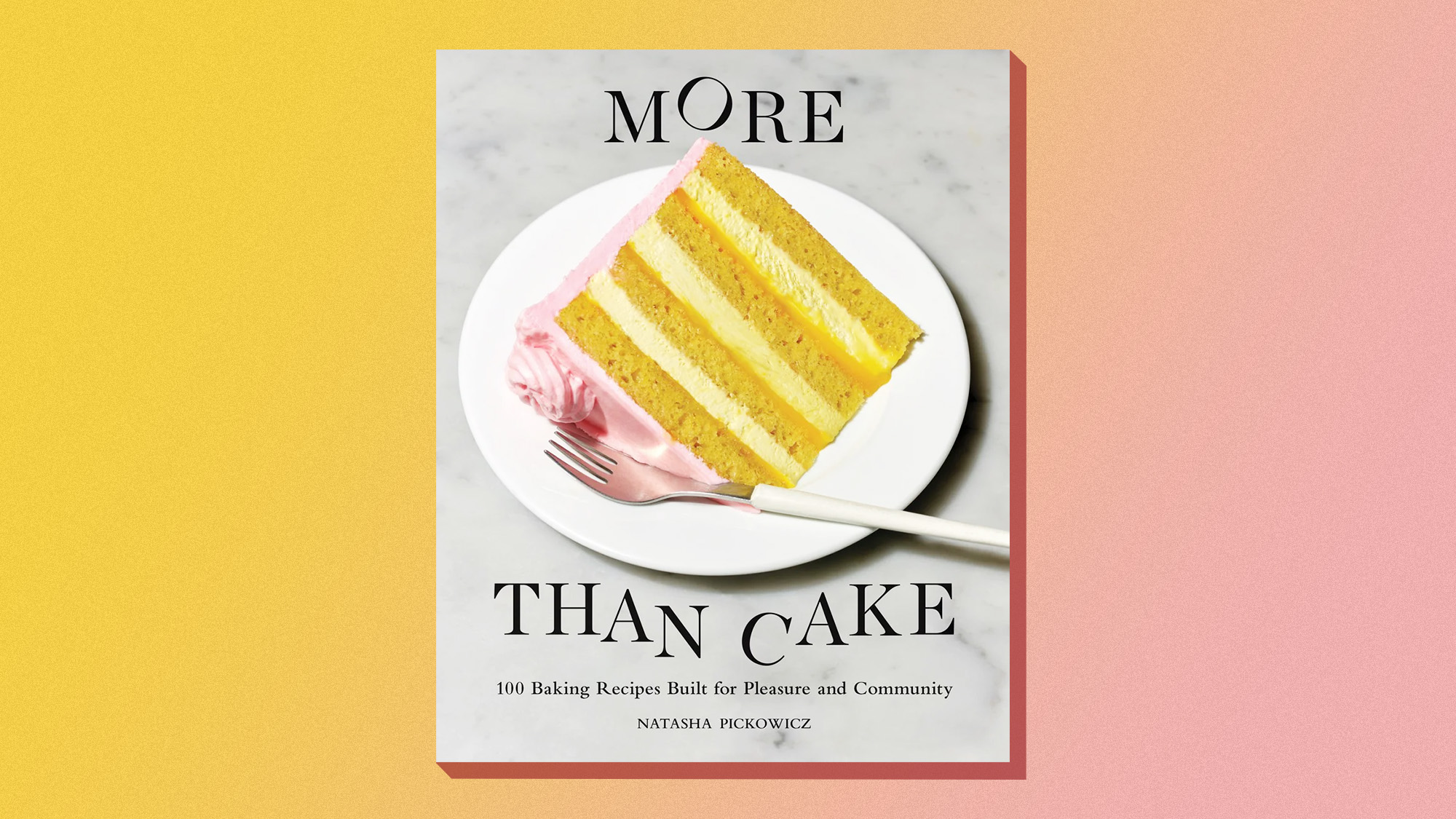 One great cookbook: Natasha Pickowicz’s ‘More Than Cake’
One great cookbook: Natasha Pickowicz’s ‘More Than Cake’the week recommends The power of pastry brought to inspired life